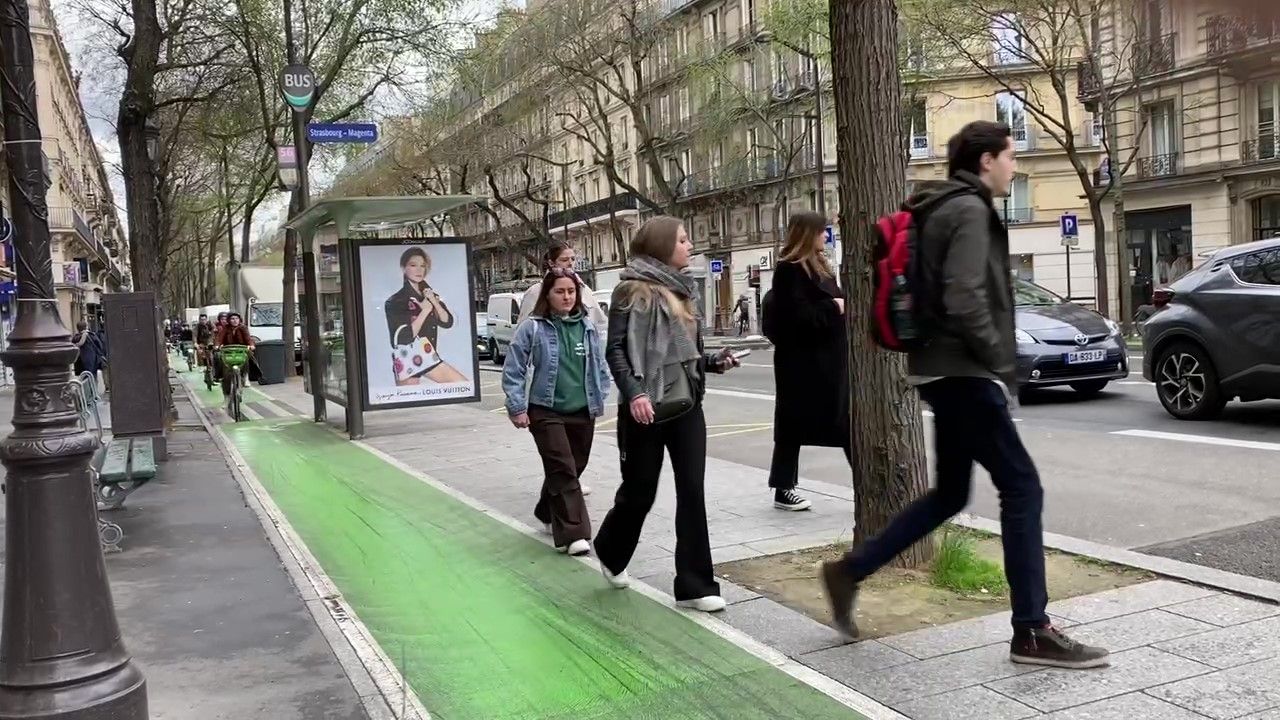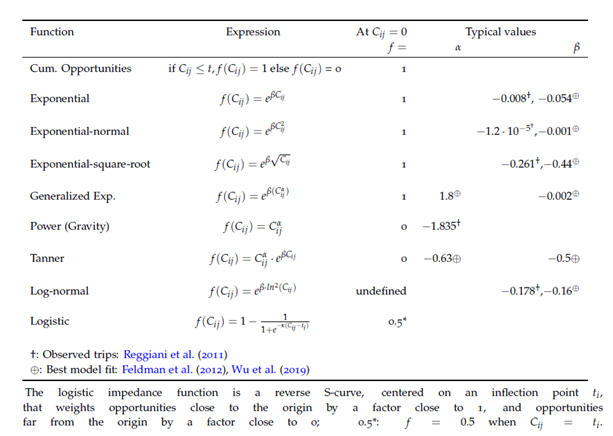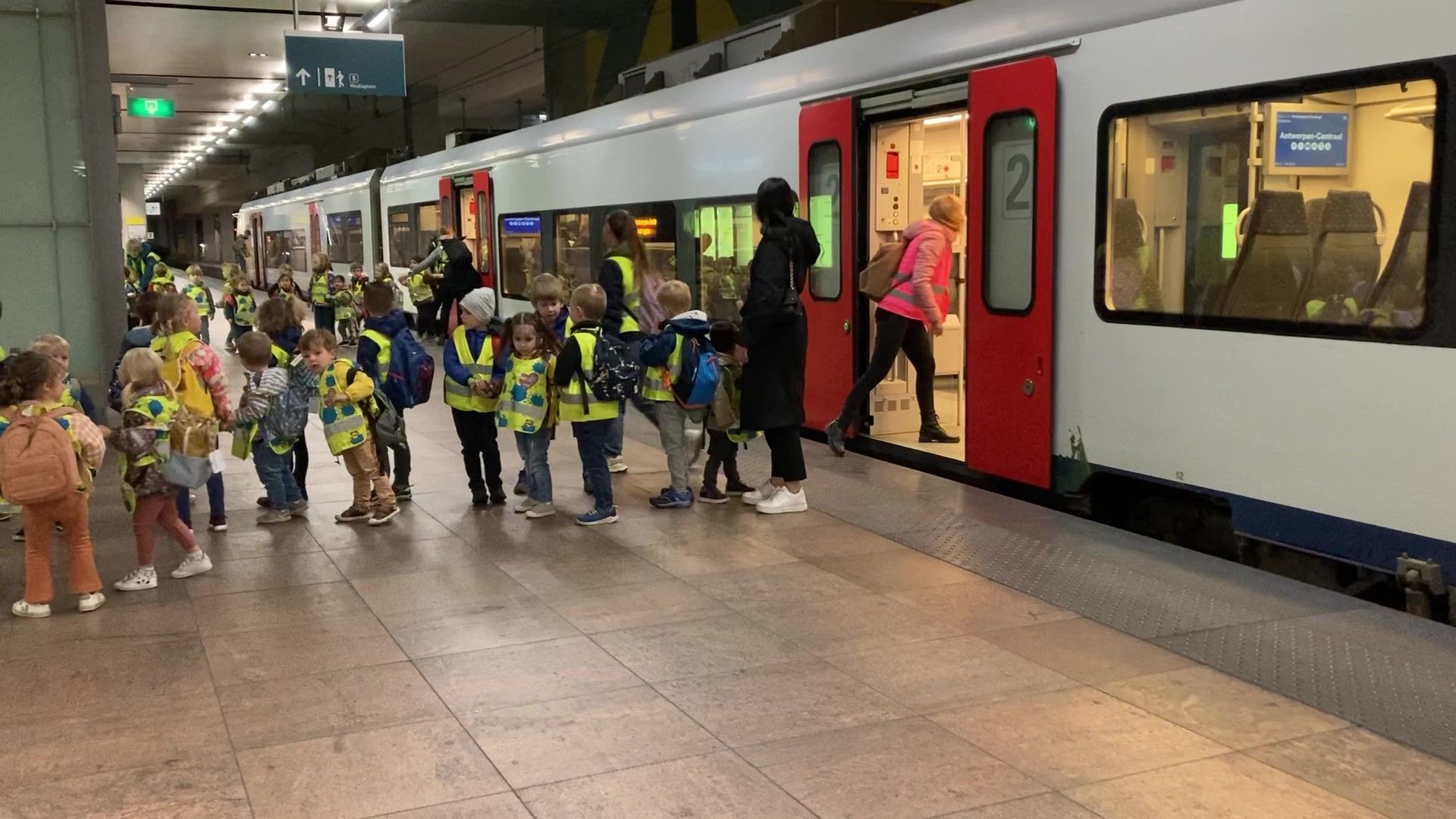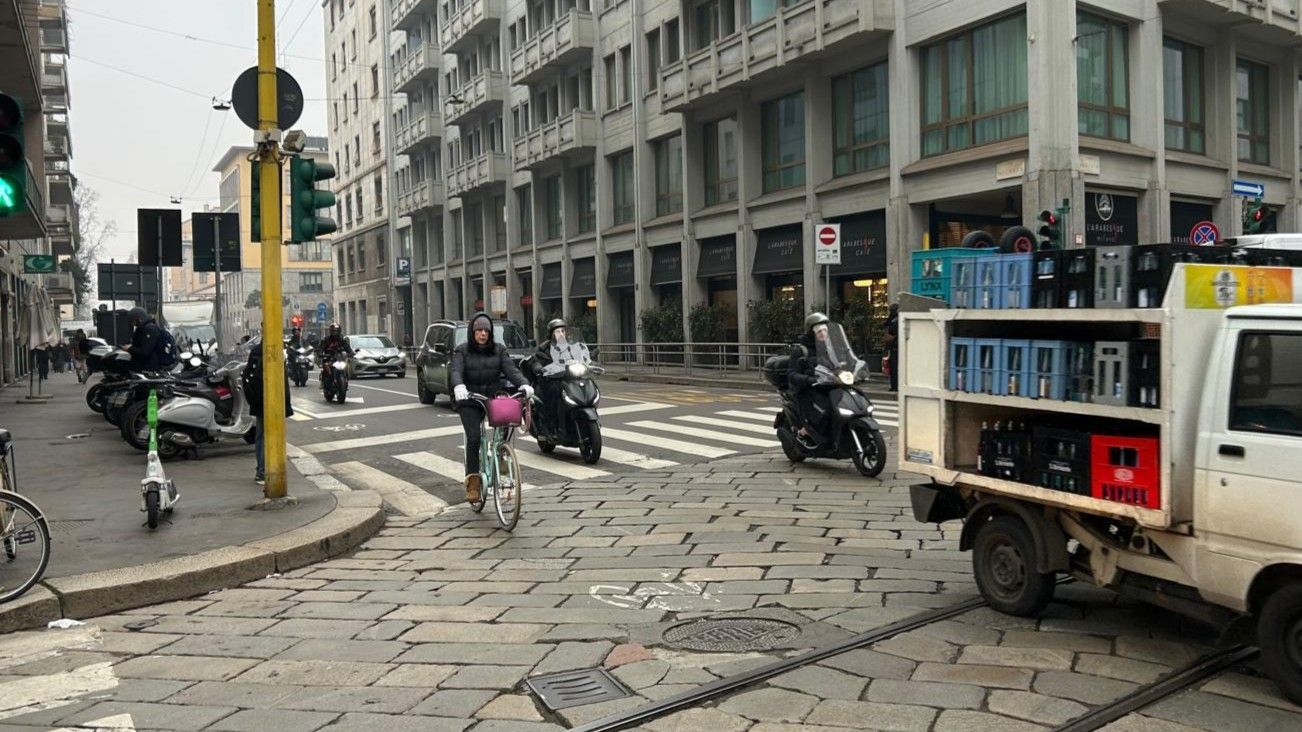Exploring Urban Accessibility: Measurement Approaches and Challenges
Exploring Urban Accessibility: Measurement Approaches and Challenges

Cities exist because people want to be near each other, so residents and workers don’t have to travel as far to engage in routine activity, possessing what economists call economies of agglomeration. Physical infrastructure networks exist to connect within and between places faster than travel over the unimproved landscape. While travel on a network may be less direct (longer distance, more circuitous) than traveling ‘as the crow flies,’ it is also faster, or else why do it. People pay a premium to be in locations with greater access to the things (people, opportunities) they care about, to save time and spend less on travel, and to be more productive and earn more, all else equal.
The use of access to measure the performance of cities and networks has grown in recent years. While mobility measures the ease of moving on the network, accessibility measures the ease of reaching valued destinations (Levinson and Wu, 2020).
One definition of accessibility (U.S. Department of Environment, 1996) is ‘‘the ease and convenience of access to spatially distributed opportunities with a choice of travel’’. The difficulty is how to quantify this ‘‘ease and convenience,’’ which is particularly complex as it is a function of varying types of trips and activities and most likely varies across people according to their tastes and preferences (Dong et al., 2006).
All accessibility measures have two major components: the first is the attractiveness component and the second is the impedance function. The attractiveness component is usually measured as the number of opportunities at destinations. The impedance function decreases the probability of being attracted to such destinations based on distance or travel time (El-Geneidy & Levinson, 2006).
Traditional measures of accessibility
Accessibility measures are often classified into three categories: isochrone, gravity-based and utility-based.
Isochrone measures
Isochrone measures are also referred to as ‘‘cumulative opportunity’’ measures. They count the number of opportunities that can be reached within a given travel time, distance, or generalized cost as shown by the following equation:

An example of an isochrone measure is the ‘‘total number of employment opportunities within 30 minutes by transit’’. The strengths of this measure are that it is easy to compute and understand. However, this measure of accessibility is highly sensitive to the size of the range (in the example, 30 minutes) and the representation of opportunities (in the example, total employment), both of which are difficult to determine (Dong et al., 2006).
Person-weighted access (PWA) produces more representative measures than arithmetic averages, and reflects access as experienced by the population. It is a common practice when aggregating accessibility (Geurs et al. 2003). To obtain a system average, we might sum the access in each origin, weighted by the number of people experiencing that access (Levinson and Wu, 2020).
The benefit of using these access measures is that they are simple, measurable, practical, and easy to understand (Lahoorpoor, Rayaprolu, Wu, & Levinson, 2022).
The disadvantatge is use a single cutoff travel time to determine whether a particular opportunity is reachable, and this can lead to edge effects. In addition, there is no obvious standard for the right number of opportunities that should be accessible (CTAM, 2020).
Gravity-based measures
Gravity-based measures are so called because they are derived from the denominator in the gravity model for trip distribution.

The isochrone measure is a special case of gravity-based measures in which the impedance function is 1 or 0 depending on if it is within the range defined to count the opportunities or not (Dong et al., 2006).
The gravity-based measure developed by Hanson (1959) is still the most widely used general method for measuring accessibility, although it is complex in calculations and has some points of weaknesses.
The main advantage is that weighted cumulative opportunities measures consider the full range of travel times, rather than simply whether a travel time is above or below a cutoff. This more closely maps to human behaviour (CTAM, 2020).
The major disadvantages of this accessibility measure are the need to develop an impedance factor and the appropriate weights for the destination (e.g., should retail be number of stores, number of retail jobs, or area). Combining the modes is also difficult.
The process of selecting the appropriate impedance function is complicated and requires several trials. The reciprocal of travel time squared was the first function used (following Newton’s Laws of Gravity). Some researchers generate various impedance functions and include them as part of a land value analysis to reach the most appropriate measure that is statistically most correlated with land value (and thus how people perceive the effect of transportation on land) (El-Geneidy & Levinson, 2006).
Below it is shown some impedance factors in graph and in mathematical expression retrieved from CTAM (2020).


Utility-based measures
Utility-based measures (see Ben-Akiva and Lerman, 1977) are based on random utility theory (see Domencich and McFadden, 1975). Random utility theory assumes that people select the alternative with the highest utility. However, utility is not known with certainty to the analyst, and therefore is treated as a random variable. This measure is solve using techniques based on Generalized Extreme Value (GEV), and special cases of this like multinomial logit (MNL) or Nested logit model (NL).
An advantage of utility-based measures is that they can represent accessibility at an individual level according to individual preferences (Pirie, 1979) and in this way capture taste differences. Another advantage is that the expected maximum utility can be derived from any choice situation, thus an accessibility measured from a destination-mode choice model can capture the impact of all modes including auto, transit and non-motorized options on accessibility (Dong et al., 2006).
This measure has several advantages yet its complexity and data intensity are the main barriers to implementing it (El-Geneidy & Levinson, 2006).
Alternative Approaches to Measuring Accessibility
In this section is listed alternative approaches to assess accessibility along with their corresponding references for more in-depth insights. While not comprehensive, this compilation provides an indication of the continuous progress and evolution within this field.
- Activity-based accessibility measure (ABA) based on the day activity schedule model (DAS) see for more information Dong et al. (2006).
- Constraints-Based Measure see Wu & Miller (2002).
- Composite Accessibility Measure see Miller (1999).
- Competitive Access Measures see Shen (1998).
- Dual Measures: Time-Denominated Access see Cui and Levinson (2020).
Conclusion
If simpler measures provide the same degree of policy guidance as more accurate measures, then simpler measures should be preferred (CTAM, 2020).
References
Ben-Akiva, M., Lerman, S. R. (1977). Disaggregate travel and mobility choice models and measures of accessibility. In: Proceedings of the Third International Conference on Behavioral Travel Modeling, Tanenda, Australia.
Committee of the Transport Access Manual (CTAM). (2020). Transport Access Manual: A Guide for Measuring Connection Between People and Places. Published by Committee of the Transport Access Manual.
Cui, M., & Levinson, D. (2020). Primal and dual access. Geographical Analysis, 52(3), 452–474.
Dong, X., Ben-Akiva, M. E., Bowman, J. L., Walker, J. L. (2005). Moving from trip-based to activity-based measures of accessibility. Transportation Research Part A, 40, 163–180.
Domencich, T., McFadden, D. (1975). Urban Travel Demand: A Behavioral Analysis. North-Holland, Amsterdam.
El-Geneidy, A. M., & Levinson, D. M. (2006). ACCESS TO DESTINATIONS: DEVELOPMENT OF ACCESSIBILITY MEASURES. Published by Minnesota Department of Transportation.
Geurs, K. T., van Eck, J. R., et al. (2003). Evaluation of accessibility impacts of land-use scenarios: the implications of job competition, land-use, and infrastructure developments for the Netherlands. Environment and Planning B, 30(1), 69–88.
Hanson, W. G. (1959). How accessibility shapes land-use. Journal of the American Institute of Planners, 25, 73–76.
Lahoorpoor, B., Rayaprolu, H., Wu, H., & Levinson, D. M. (2022). Access-oriented design? Disentangling the effect of land use and transport network on accessibility. Transportation Research Interdisciplinary Perspectives, 13, 100536.
Levinson, D. and Wu, H., 2020. Towards a general theory of access. Journal of Transport and Land Use , 2020, Vol. 13, No. 1 (2020), pp. 129-158.
Miller, H. (1999). GIS software for measuring space-time accessibility in transportation planning analysis. Paper presented at the International Workshop on Geographic Information Systems for Transportation and Intelligent Transportation Systems, Hong Kong.
Pirie, G. H. (1979). Measuring accessibility: a review and proposal. Environment and Planning A, 11, 299–312.
Shen, Q. (1998). Location characteristics of inner-city neighborhoods and employment accessibility of low-wage workers. Environment and Planning B: Planning and Design, 25(3), 345–365.
U.S. Department of Environment. (1996). Policy and Procedure Guidelines, PPG 6.
Wu, Y.-H., & Miller, H. (2002). Computational tools for measuring space-time accessibility within transportation networks with dynamic flow (special issue on accessibility). Journal of Transportation and Statistics, 4(2/3), 1-14.






